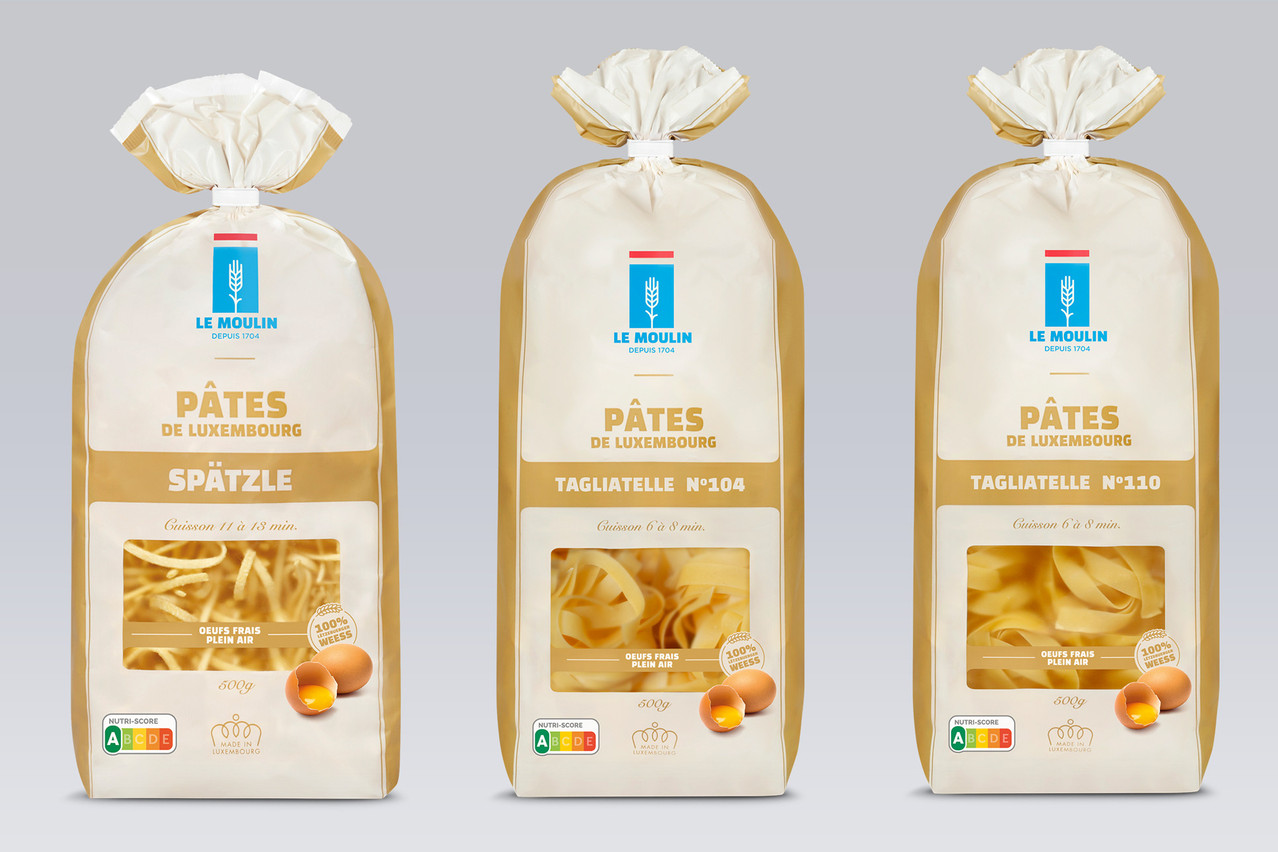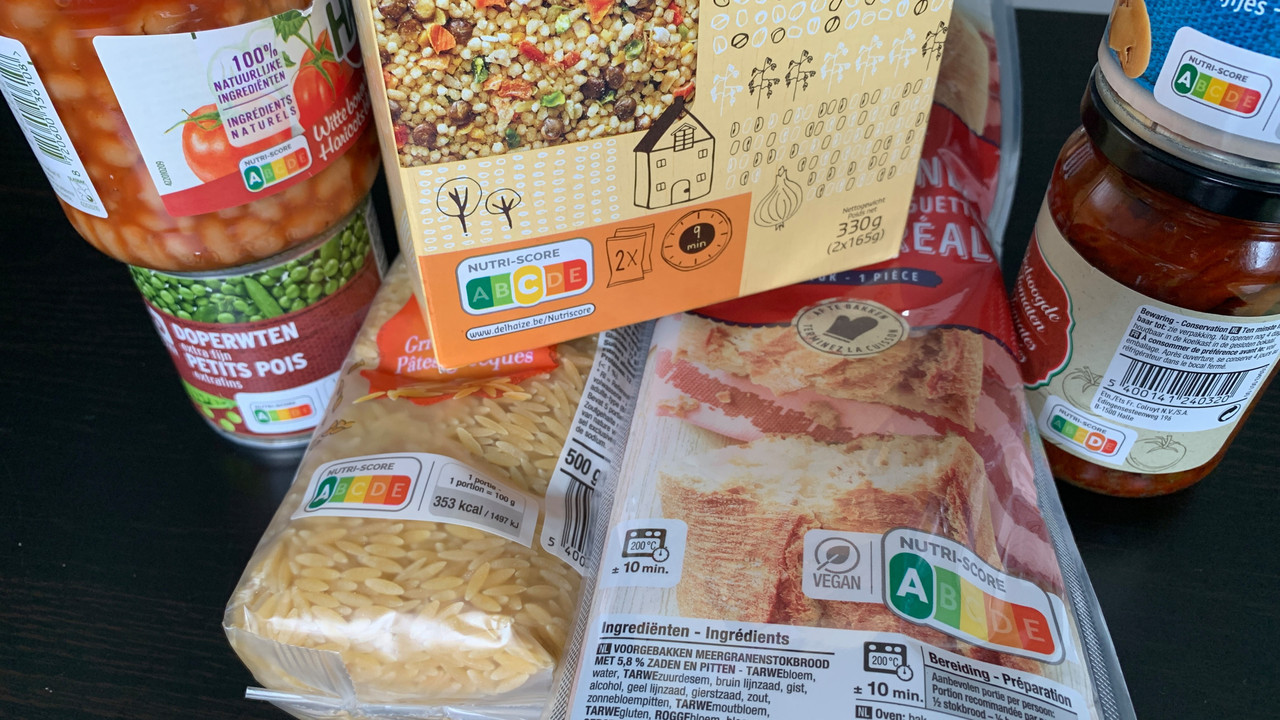What is the Nutri-Score? At the beginning of July, the ministry of consumer protection launched an information campaign on this tool, which has been visible for some time now on certain products in our supermarkets, as it is already recommended in France, Belgium and Germany, countries from which many foods sold in the grand duchy originate.
Since June 2021, Luxembourg companies have been able to affix the Nutri-Score to their products. This labelling, which goes from A to E, aims to better reference the nutritional quality of a foodstuff, in order to better inform consumers. dating from last May governs its implementation in the country.
If local brands such as Cactus and the Oikopolis group--known for its Naturata shops--have, for the time being, chosen not to adopt this mechanism created in France in 2017, what about Luxembourg food producers?
At Moulins de Kleinbettingen, the Nutri-Score now appears on the latest references in the pasta range. "We did the calculation internally via our quality department," explains its marketing manager Julie Wattiaux. The company, which produced 140,000 tonnes of wheat in 2020, intends to continue its momentum and extend this nutritional labelling to other references and flours, she adds.

Moulins de Kleinbettingen adopted the Nutri-Score for its pasta, before applying it to its flours. Photo: Moulins de Kleinbettingen
Another major food producer in Luxembourg, Luxlait, has not adopted the Nutri-Score on its packaging. The Bissen-based company says it has identified the scores for each of its products internally.
"The majority of our products have a 'green' score. However, with this system, some of them, such as butter, will retain a less favourable score, even though it is a natural product, not very processed and recognised as healthy by the scientific community. With regard to this product, we have no means of acting, since legally it must respect a minimum of 82% fat,” explains its managing director, Gilles Gérard.
This rating system has its limits.
The fact is that the Nutri-Score is defined on the basis of a 100g portion of the product in question. However, the quantity consumed can vary greatly from one product to another: while it is common for an adult to eat 100g of pasta at a meal, it is less likely for 100g of butter...
"In dairy products, the standard portion can vary from 10g for butter to 250ml for a bowl of milk," Gérard adds. This is why Luxlait believes that "this rating system has its limits".
A division within European countries
The company reminds us that the Nutri-Score does not take into account the conditions of use of the products and has not, for the moment, found a consensus at European level.
The scheme is currently voluntary in France, Belgium, Spain, Germany, the Netherlands, Switzerland and Luxembourg. On the other hand, a number of countries are strongly opposed to the Nutri-Score. Led by Italy, these include the Czech Republic, Cyprus, Greece, Latvia, Romania and Hungary.
The final say is expected to rest with the European Commission, which plans to decide on the nutrition labelling issue by the end of 2022.

